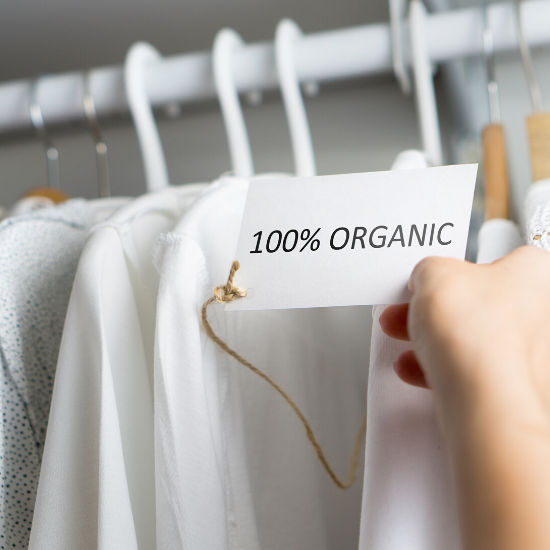
Fast fashion on the rise
Fast fashion is increasingly becoming a focus of the circular economy. This economic model aims at giving products more value through recycling and reusing. With mass production, low quality and questionable labor conditions the textile industry represents the old principle of “take, make, dispose”. Enough reason to have a closer look at it and give you some hands-on advice on how to give your clothes more value.
“buy, wear, discard”
Fast fashion is a business model that relies on mass production, large volumes of sales and dumping prices. Customers have the chance to wear the styles from high-end fashion shows. The cheap clothes come from multinational retail chains. This luxury however comes at the price of lower quality materials and inadequate working conditions for laborer’s. Fast fashion constantly offers new styles. In 2000 European apparel companies offered two collections per year. Within just one year this number rose to 5. Today Zara is offering 24 new clothing collections each year and H&M has 12 to 16 collections on display.
Europeans spend about 5 % of household expenditure on clothing and footwear. Estimates indicate that EU citizens bought 6.4 million tonnes of new clothing (12.66 kg per person) in 2015. Between 1996 and 2012, the amount of clothes bought per person in the EU increased by 40 %. Since we can only wear a limited amount of clothes at a time, it is no wonder that 30 % of the clothes have not been used for at least a year. Once they are no longer up to date, over half the garments end up in mixed household waste and are not recycled. Several trends have contributed to this increase in consumption. One significant factor is the fast fashion principle.
The power of consumers
This trend has led to a change in consumer attitudes towards their clothes. They see cheap clothing items increasingly as almost disposable goods that are thrown away after wearing them only a couple of times. EU-driven initiatives such as the UK based campaign “Love your clothes” a part of the European Sustainable Clothing Action Plan are trying to change consumer’s attitudes towards their clothes. Awareness is the first step towards change and once consumers set different purchasing criteria, industries will need to change their ways. We’ve already seen that in e-commerce fashion: Online retailer Zalando cooperated with 2014 Green Alley Award winner Repack, using their reusable bags in a test run, because consumer’s weren’t happy with the huge amount of packaging.
You want to contribute to a circular textile industry? Here’s what you can do:
- You got a hole in your jeans or sweater? With creative mending you can repair your clothes and give them an individual twist.
- Turn to vintage and secondhand instead of H&M and Zara. By buying secondhand clothes you don’t contribute to the fast fashion circle, but give clothes that already exist a second value. Read all about this fashion trend on Green Alley Award partner positive news.
- Renting is the new buying. By now there are several fashion platforms which offer (designer) clothes for rent. Check out eluxemagazines choice of renting platforms.
- Do you still want something shiny and new? Then turn to the advocadostore: A retail platform where only producers can present their products which fulfill ten sustainability criteria.
- Are you interested in sustainable materials? Watch out for 2019 Green Alley Award winner Gelatex Technologies, inventor of a sustainable alternative to leather that can also be used for textiles.
If you have a sustainable business idea that has the power to transform the fashion industry, we want to hear all about it! Make sure to apply by 10 June at green-alley-award.com and win 25.ooo Euro.